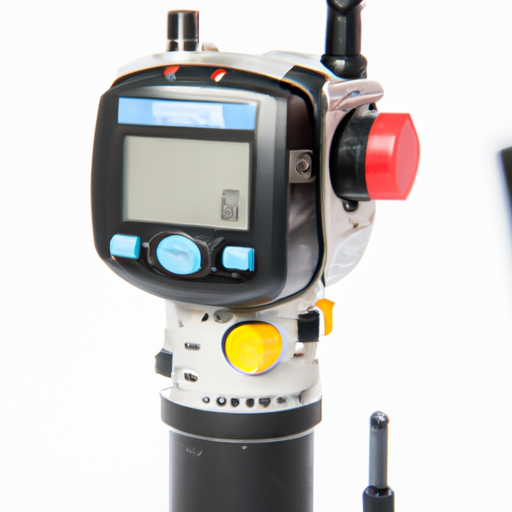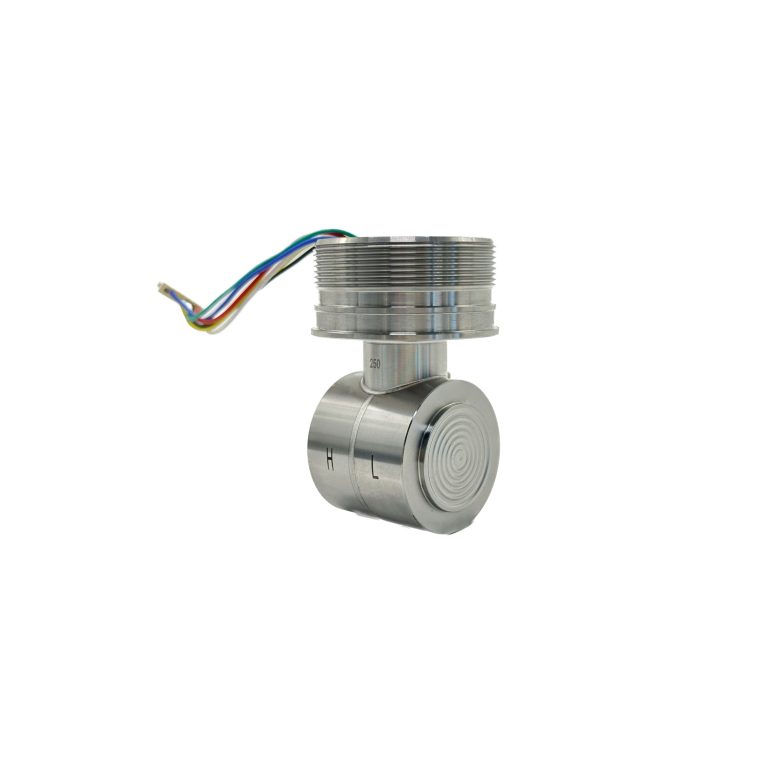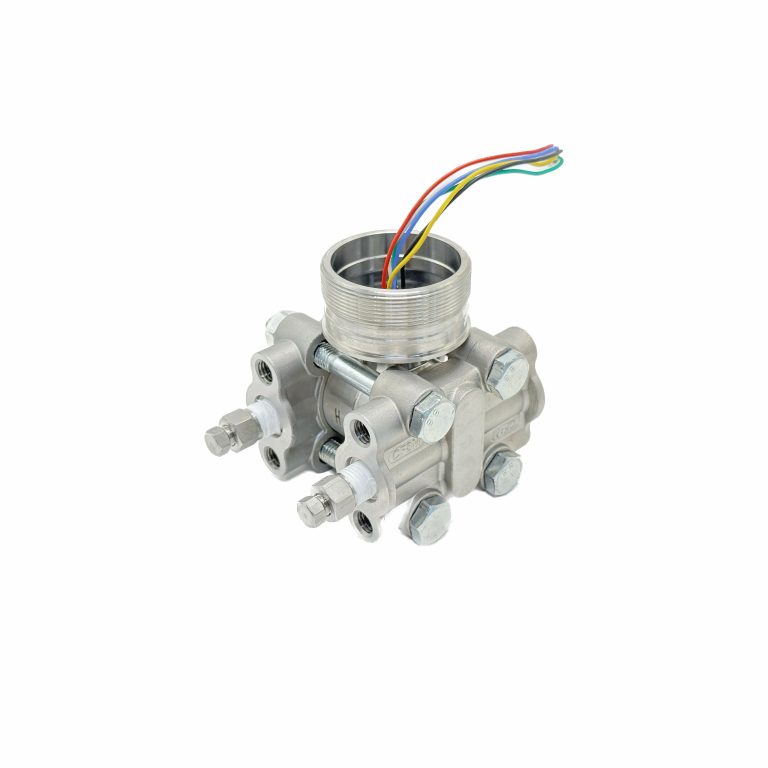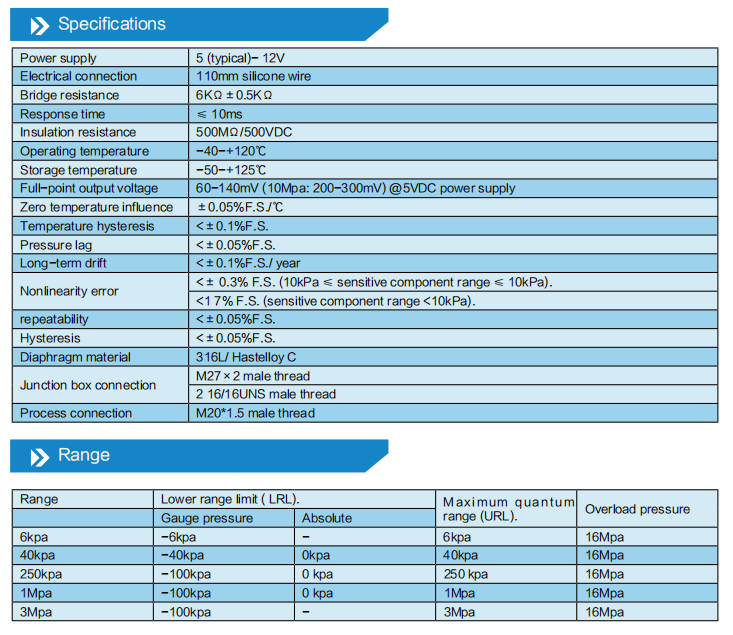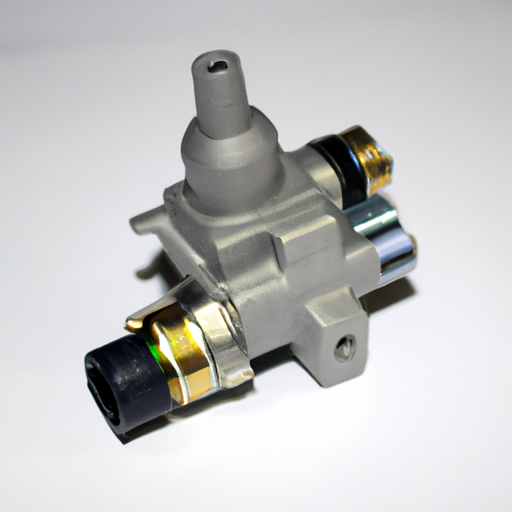Key Considerations for Differential Pressure Transmitter Installation in a Factory Setting
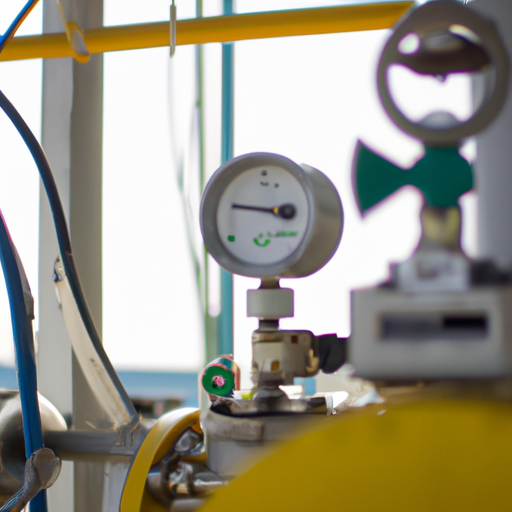
Differential pressure transmitters are essential instruments used in various industries, including factories, to measure and monitor the difference in pressure between two points. These transmitters play a crucial role in ensuring the smooth operation and safety of processes within a factory. However, their proper installation is of utmost importance to ensure accurate and reliable measurements. In this article, we will discuss key considerations for installing differential pressure transmitters in a factory setting. First and foremost, it is essential to select the appropriate location for installing the differential pressure transmitter. The chosen location should be easily accessible for maintenance and calibration purposes. Additionally, it should be away from any potential sources of vibration or excessive heat that could affect the accuracy of the measurements. It is also important to consider the distance between the transmitter and the process being monitored, as excessive distance can lead to pressure losses and inaccurate readings.
 Once the location is determined, the next step is to properly mount the differential pressure transmitter. It is crucial to ensure that the transmitter is securely mounted to prevent any movement or vibrations that could impact its performance. The mounting surface should be flat and level to ensure accurate measurements. It is also recommended to use a mounting bracket or a support structure to provide additional stability.
Proper wiring is another critical aspect of installing a differential pressure transmitter. The wiring should be done in accordance with the manufacturer’s guidelines and any applicable electrical codes. It is important to use the correct wire size and type to ensure proper signal transmission and to prevent any interference. Additionally, it is crucial to properly ground the transmitter to minimize the risk of electrical noise and ensure accurate readings.
Calibration is an essential step in the installation process of a differential pressure transmitter. It is necessary to calibrate the transmitter before putting it into operation to ensure accurate measurements. Calibration should be performed using a traceable reference standard and in accordance with the manufacturer’s instructions. Regular calibration is also recommended to maintain the accuracy of the transmitter over time.
In a factory setting, it is common to encounter harsh environmental conditions that can impact the performance of a differential pressure transmitter. Therefore, it is important to consider environmental factors during the installation process. For example, if the transmitter is exposed to extreme temperatures, it may be necessary to use a protective enclosure or insulation to prevent damage. Similarly, if the transmitter is installed in an area with high humidity or corrosive substances, appropriate measures should be taken to protect it from these elements.
Once the location is determined, the next step is to properly mount the differential pressure transmitter. It is crucial to ensure that the transmitter is securely mounted to prevent any movement or vibrations that could impact its performance. The mounting surface should be flat and level to ensure accurate measurements. It is also recommended to use a mounting bracket or a support structure to provide additional stability.
Proper wiring is another critical aspect of installing a differential pressure transmitter. The wiring should be done in accordance with the manufacturer’s guidelines and any applicable electrical codes. It is important to use the correct wire size and type to ensure proper signal transmission and to prevent any interference. Additionally, it is crucial to properly ground the transmitter to minimize the risk of electrical noise and ensure accurate readings.
Calibration is an essential step in the installation process of a differential pressure transmitter. It is necessary to calibrate the transmitter before putting it into operation to ensure accurate measurements. Calibration should be performed using a traceable reference standard and in accordance with the manufacturer’s instructions. Regular calibration is also recommended to maintain the accuracy of the transmitter over time.
In a factory setting, it is common to encounter harsh environmental conditions that can impact the performance of a differential pressure transmitter. Therefore, it is important to consider environmental factors during the installation process. For example, if the transmitter is exposed to extreme temperatures, it may be necessary to use a protective enclosure or insulation to prevent damage. Similarly, if the transmitter is installed in an area with high humidity or corrosive substances, appropriate measures should be taken to protect it from these elements.
| Measuring medium | Gases, vapours, liquids |
| Inaccuracy | ±0.075% |
| stability | ±0.1%/3 years |

